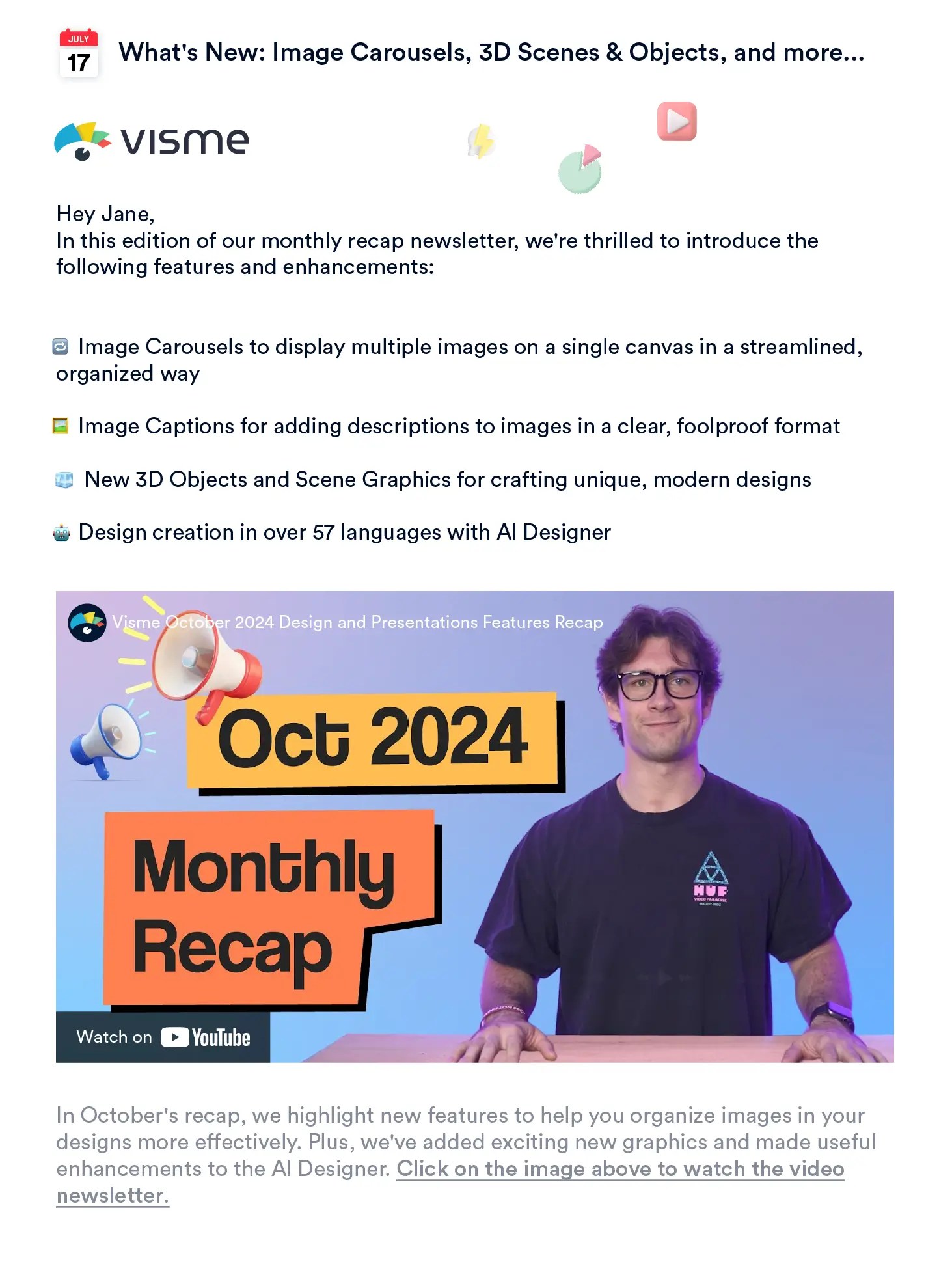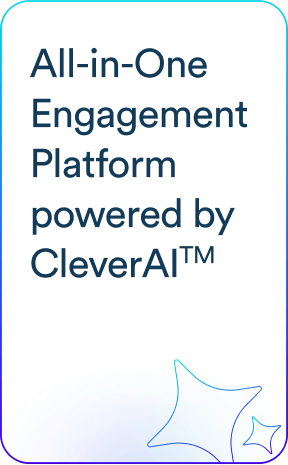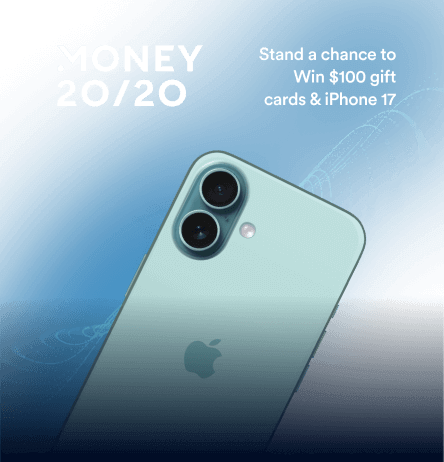Email marketing copy is a key element of successful email campaigns. This blog discusses email copywriting tips, best practices, and real-world examples of effective email marketing content.
The success of your email campaigns depends on a number of factors including email marketing content, send times, target audience, personalization, and more. Email copywriting is a critical process that directly impacts key email marketing metrics such as open rates, click-through rates, and conversion rates.
What is Email Copywriting?
Email copywriting is the process of crafting email copy, including the subject line, body of the email, and call to action, to achieve marketing goals. These goals could be anything from creating brand awareness, making product recommendations, and offering exclusive content, to gathering customer feedback and beyond.
To effectively nail email copywriting, you need to consider three things:
- Who is your target audience? – The persona you’re targeting with your email.
- How to grab their attention? – The subject line.
- How to convert or drive them to take the intended action (such as clicking the call-to-action button)? – The body of the email.
Why Email Copywriting is Essential for Marketing Success
Although there are a number of marketing channels available today, including SMS, push notifications, WhatsApp, and others, email marketing continues to be the most dominant and effective customer outreach channel. This is evidenced by email marketing’s high ROI of $42 for every $1 spent, according to the Data & Marketing Association (DMA).
When done right, email marketing can be an effective tool that can elevate your overall marketing efforts. Effective email copywriting is foundational to a successful email marketing program. Every element of an email – subject line, body of the email, and CTA – should be carefully crafted to make it relevant for the recipient:
- Subject line: This is the first thing recipients see in their inbox. The subject line should be relevant and interesting enough for the recipient to open the email. It directly impacts the email open rate.
- Body of the email: This is your key message. It should be aligned to your email campaign goal – download an e-book, register for a webinar, complete a purchase, etc. – and compelling enough for the recipient to take the intended action. It is an important element that drives click-through rates and email marketing conversion rates.
- Call to action: This is the element that converts prospects into leads and ultimately into customers. It should clearly convey what the email recipient can expect upon clicking.
Tips for Writing Effective Email Marketing Content
Here are the key email copywriting tips for creating effective email marketing content that can improve your outreach and engagement efforts.
1. Understand Your Audience
Sending email blasts to the entire subscriber list doesn’t work as the generic messaging doesn’t resonate with what the subscribers are looking for. For crafting email marketing copy that is tailored to the audience’s needs, preferences, interests, and behavior, you need to first understand your target audience.
Not just email marketing, but understanding your ideal customer profile, buyer persona, and target audience is central to an effective marketing strategy. You can use email list segmentation to classify your target audience into distinct segments based on their demographic, geographical, behavioral, and psychographic attributes. Leveraging this information helps amp up your email copywriting efforts and send personalized messages that resonate with the target audience.
2. Use Conversational Language
Using conversational language can make your email more earnest and engaging by making the recipient feel that you are having a conversation with them. Here are a few tips for writing in a conversational tone:
- Use the second-person voice and address the recipient directly.
- Write the email as if you’re speaking.
- Try to be as genuine as possible.
- Avoid jargon; use simple words and short sentences.
- Use contractions, as they can make your writing seem more conversational.
3. Create a Strong Subject Line
A strong, compelling subject line directly results in a good open rate. Here are a few key considerations to keep in mind while writing a subject line:
- While focusing on capturing a recipient’s interest is essential, ensure that it is relevant to the body of the email. Misleading subject lines are a strict no-no.
- Ensure the key value proposition is conveyed upfront.
- Personalize it, whenever possible, using the recipient’s first name.
- Use actionable language.
- Keep it short and unique.
- While you may want to create FOMO (fear of missing out), avoid using words or phrases that may trigger spam filters, such as “Act now,” “Limited time offer,” and so on. You can use online spam checkers to ensure your email doesn’t end up in the spam folder.
Here are some examples of good subject lines:
- Welcome to the CleverTap Community! Here’s what you can expect
- Email Marketing Best Practices 2025 – Download Link Inside
- [First Name], You’ve got items in your cart!
- Black Friday Sale ends today: Grab your favorite [product] before midnight!
4. Nail the Email Body Copy
After a strong subject line drives recipients to open your email, the focus is on the body of the email to drive a good click-through rate. A well-thought-out email body content that conveys your offering and its benefits in an easy-to-understand manner can do wonders in converting prospects into customers.
Here are a few key considerations for crafting quality email marketing content:
- Keep it simple and succinct.
- Use short paragraphs and bullet points to ensure easy readability.
- Personalize it by addressing it to the recipient’s first name.
- Use dynamic email content to ensure the content is aligned with the recipient’s needs, preferences, and interests.
- Use images and interactive content to capture the recipient’s interest and improve engagement.
5. Focus on a Clear Value Proposition with Benefits
When an email marketer plans a campaign, the first step is to define a specific goal to be achieved through the campaign, such as announcing a new offering, a cart abandonment email, a feedback survey, product recommendations, and so on. Your email copywriting process – crafting the email subject line, the body of the email, and the CTA – should be aligned with that goal.
Along these lines, think of the value proposition for the recipient – What does your email mean for the recipient and why should they care?
As a company, you might want to highlight all the features you’ve added to a product in the email campaign content. However, you should focus on how it will make a difference for the end user – the benefits they can expect. And for your email, this value proposition should be conveyed effectively in the subject line and the email body.

6. Craft Compelling Call-to-Action (CTA)
An effective call to action, or CTA, is essential for the recipients to take the intended action and ensure the success of your email campaign. Here are a few tips to ensure the CTA serves its intended purpose effectively:
- Use a non-generic CTA. Instead of “click here” or “read now,” use a CTA that conveys what the recipient can expect upon clicking it, such as “Get your complimentary copy” or “Save your spot.”
- Make sure it is visually striking and optimally placed. The CTA should be easy to spot on the email.
- Ensure the landing page where the CTA redirects the recipient to is working properly.

7. Include Preview Text
Modern email clients show recipients a “preview text” along with the subject line in their inbox. This preview text acts like a hook by providing contextual information about the email. A relevant and effective preview text can significantly help improve the email open rate.

Best Practices for Email Copywriting Success
Here are the email copy best practices that can help you craft compelling email content.
1. Follow a Coherent, Logical Structure
Coherence is one of the key tenets of effective email copywriting. Usually, the email content is broken down into two or three short paragraphs or sections for easy scannability. These paragraphs should be coherent – the central theme or messaging should flow from one section to another in a logical manner.

Here’s why this email works:
- It starts with a thought-provoking question.
- It gives a short introduction of what the guide is about upfront.
- It highlights the guide’s key takeaways and the benefits readers can expect in two distinct sections.
- The CTA is clear and easy to spot.
2. Align Email Copy with Your Brand Voice
Ensuring your email marketing copy adheres to your brand guidelines helps build a strong brand reputation over time. You can do this by ensuring consistent language, tone, and style throughout your emails. This includes:
- The tone of voice, that is, formal (formal vs. casual), humorous (funny vs. serious), respectful (respectful vs. irreverent), or enthusiastic (enthusiastic vs. matter-of-fact).
- Smartly using words or phrases that reflect your brand’s key value proposition.
- Using emojis if it is aligned with your brand guidelines.
For example, a B2B company generally uses a formal tone, while a B2C company uses a casual and humorous tone.

Learn how to write the perfect email copy for your holiday campaigns—explore these 4th of July email marketing examples for inspiration.
3. Optimize for Mobile Devices
Given the soaring number of people using mobile devices, such as smartphones and tablets, for checking their emails, creating mobile-friendly email campaigns is an absolute must. According to Litmus, mobile devices account for 41.6% of all email opens.
Here are a few email marketing best practices for optimizing your email for mobile devices:
- Use a clear, single-column layout.
- Keep the subject line and email body simple and concise.
- Use a responsive email design to ensure your emails render properly regardless of the email client and the screen size.
- Optimize visual elements like images, gifs, etc. to ensure faster loading times.
- Ensure the CTA is optimally placed.
4. A/B Test Your Copy
A/B testing is a powerful tool that helps you identify what’s resonating the most with your audience, enabling you to achieve your campaign goals. It involves creating two versions of an email and testing them with the target audience.
To identify the element that is working the best, create the two versions by changing only one element out of three – the subject line, email copy, and the CTA. Then, send one version to one-half of the target audience, and the other to the other half. Compare the performance results of both versions using key performance indicators, such as open rate, click-through rates, conversion rates, and others, to identify which one worked better.
5. Leverage Urgency and FOMO
Creating a sense of urgency and FOMO is a highly effective strategy for emails offering some discount to the recipient for a limited time. A timely email can encourage recipients to make impulse purchases to benefit from the discount offers.

6. Avoid Industry and Technical Jargon
Regardless of the industry you operate in, you should avoid technical jargon in your emails as much as possible. Use easy words and simple language to explain your offering.
Instead of using technical terms to demonstrate your industry knowledge, you should focus on customer pain points and challenges and try to address them in a lucid and comprehensible manner.
7. Include Social Proof and Validation
Social proof, such as ratings, reviews, customer testimonials, and case studies, is a strong validation for your offering and helps build trust and credibility with the target audience. Including it in your email marketing strategy can significantly improve the click-through and conversion rates.
To collect social proof, you can:
- Offer incentives, such as discounts, cashback, or other rewards, for writing a review.
- Send automated feedback emails to customers after they make a purchase.
- Plan and execute a social media strategy.
- Run short surveys to get customer feedback.
- Use website pop-ups and easy form-fills for customers to submit their reviews.
Examples of Great Email Copywriting
Let’s look at some high-quality email copywriting examples that can help you craft your emails effectively.
Example 1: Welcome Email
Welcome emails are auto-generated onboarding emails that are sent when a customer successfully creates their account for the first time on an app or website. They present a huge opportunity for marketers to showcase your brand’s value proposition and the benefits the customers can expect.
The image below is a great example of welcoming new customers and providing valuable insights into the key benefits they can enjoy. The company has also leveraged this opportunity to highlight its proliferating customer base by mentioning “over 1,000,000 customers and trusted by one billion users.”

Example 2: Promotional Email
Promotional emails are those that help create brand awareness by announcing new products, services, events, and more. They are generally sent out to the entire email list.
The image below is a promotional email for a webinar. The email is well-designed with an interesting header image, a prominent CTA, and distinct sections providing details about the webinar, speakers, and schedule.

Example 3: Survey Email
Survey emails help you collect customer feedback and gain insights into their expectations, which you can leverage to improve your products and services. The CTA in these emails is usually a link that redirects the recipient to a survey landing page.

Statistics That Prove the Power of Personalized Email Copy
In email copywriting, personalization is key in fueling your email leads pipeline and driving sales and revenue. A personalized approach to writing email marketing content can make a huge difference in the performance of the email campaigns and your outreach efforts.
But don’t just take our word for it. Here are a few statistics that underscore the power of personalized email marketing:
- Misaligned subject lines with email content are among the top three reasons why people unsubscribe from an email list. (Gartner)
- Subject lines without personalization have an average open rate of 16.67%, while with personalization, it is 35.69%. (Klenty)
- Personalized email copy could result in a 28.57% increase in click-through rates (GetResponse)
9 email marketing personalization strategies that every email marketer should know.
Ensuring Success With Effective Email Copywriting Using CleverTap
CleverTap’s email marketing platform empowers brands to create personalized email marketing campaigns with ease. Real-time personalization leverages live user behavior and predictive insights, while CleverTap’s 1:1 email personalization tool and behavior-triggered emails ensure timely, relevant content. The no-code Drag-and-Drop Editor and AMP for Email capabilities allow dynamic, interactive experiences with live forms, quizzes, and shopping options inside the inbox.
Clever.AI brings the power of AI in email marketing to life by enabling experimentation, send-time optimization, and recommending Next Best Actions for each user. Its AI-driven email marketing capabilities optimize content and sending frequency automatically. Combined with advanced segmentation and targeting for precise audience reach, and A/B testing to identify top-performing content, brands can continually refine campaigns for maximum engagement.
CleverTap also provides deep email deliverability Insights, real-time performance monitoring, and email ROI measurement for data-driven improvements. Marketers can monitor inbox placement, bounces, and engagement metrics easily. Cohort analysis tracks long-term email impact on retention and lifetime value.
You can design professional emails using pre-built templates, enrich visibility with Gmail Annotations, and maintain compliance with built-in compliance tools. Flexible ESP options, deliverability monitoring & optimization, consultative onboarding, and IP warm-up further safeguard sender reputation and boost performance.
CleverTap combines real-time signals, external data fetching, and AMP interactivity—making it the all-in-one platform for email marketing success.

Want to level up your email marketing program?
Agnishwar Banerjee 
Leads content and digital marketing.Expert in SaaS sales, marketing and GTM strategies.
Free Customer Engagement Guides
Join our newsletter for actionable tips and proven strategies to grow your business and engage your customers.















































